Jurassic World: Rebirth
The Jurassic Park legacy has always been more than dinosaurs—it’s been about the ethics of science, the unpredictability of nature, and the illusion of control. But with Jurassic World: Rebirth, the franchise takes a sharp turn into monster territory. Recently screened at Sydney’s Onyx Cinema, the film delivers spectacle and sonic immersion, but leaves behind the philosophical DNA that made the originals iconic.
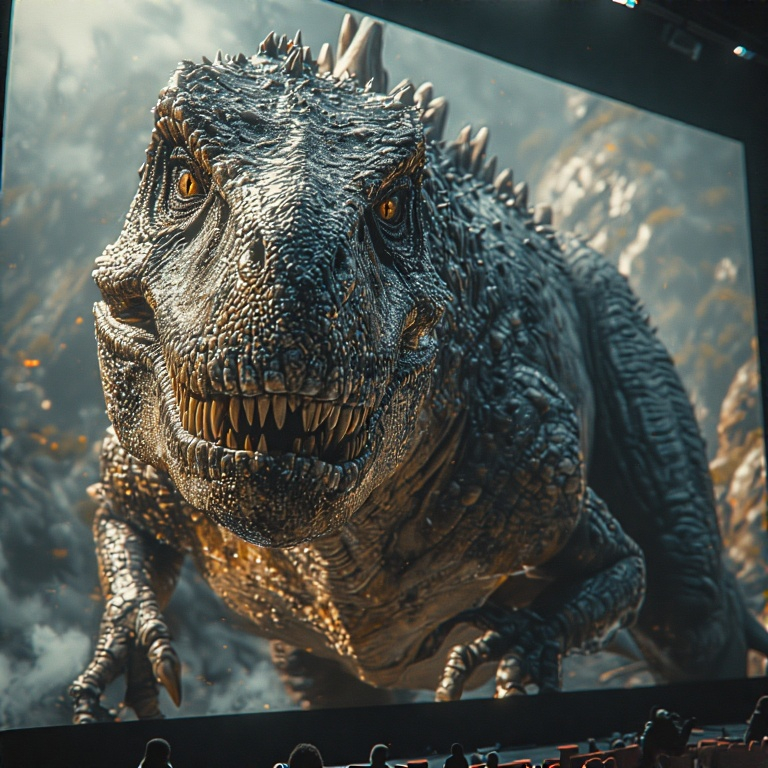
A Franchise Reawakened With Jurassic World: Rebirth
From Fossils to Pharma: The Evolution of Jurassic Storytelling
Three years after the Jurassic World trilogy concluded, Jurassic World: Rebirth marks a bold pivot for the franchise—less theme park spectacle, more biotech thriller. Directed by Gareth Edwards and penned by David Koepp, the film anchors its plot in a high-stakes expedition to a remote equatorial island where genetically engineered prehistoric species roam free. The mission? Extract DNA from three distinct lifeforms—terrestrial, marine, and aerial—for a potential heart disease cure.
The cast includes Scarlett Johansson as Zora Bennett, Mahershala Ali as Duncan Kincaid, and Jonathan Bailey as Dr. Henry Loomis. Their chemistry adds a human texture to a story otherwise dominated by scale and spectacle but it lacks in some areas.
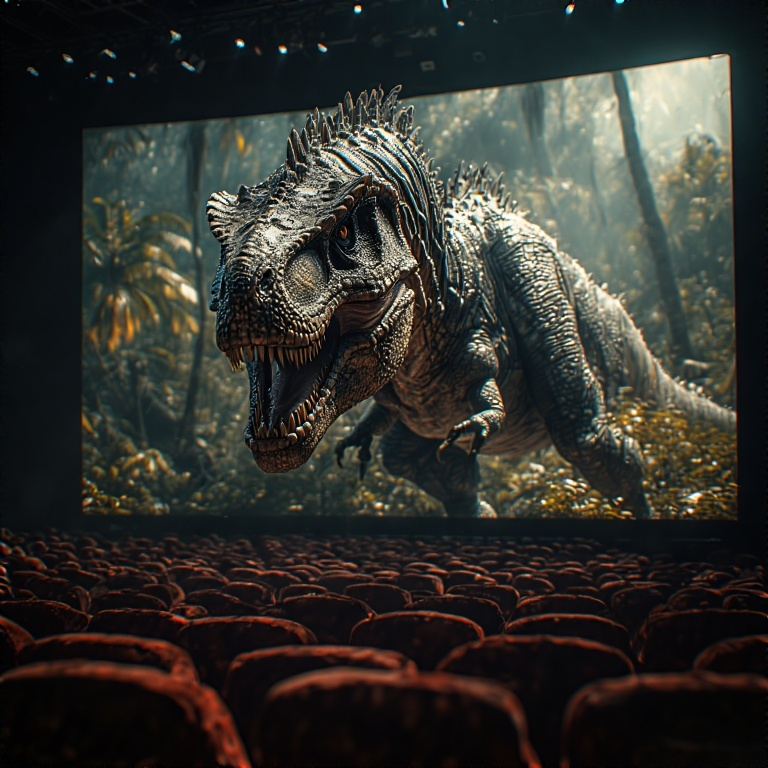
The Onyx Experience
Sound That Stands Out, Screen That Raises Questions
Watching Rebirth at Sydney’s Onyx Cinema at Entertainment Quarters was immersive in parts, though not without quirks. The sound design—layered, multidirectional, and often startling—was a standout. Roars echoed with spatial precision, and ambient jungle noise wrapped around the room with eerie realism. It’s a different sonic profile than traditional cinemas, more enveloping and less centered, which works especially well during the film’s quieter, suspense-driven sequences.
Visually, however, there was some uncertainty. I went in expecting razor-sharp clarity—something close to a 4K presentation, especially given Onyx’s reputation for premium projection. But the image felt softer than anticipated. At first, I wondered if the film had been shot with heavy grain or a muted palette, but that didn’t quite add up. I’d seen multiple trailers across different platforms, and they all looked crisp and vibrant. That leads me to suspect the issue may have been with the screen calibration or projection settings on the day. It didn’t ruin the experience, but it did pull me out of the immersion during key transitions.
I also believe the screen may not have been set correctly, as even the trailer for the upcoming Tron film appeared noticeably muted. That movie is known for its ultra-sharp visuals and vibrant color palette, yet the trailer looked slightly undercoloured and lacked the crispness I expected. It reinforced my suspicion that the Onyx LED setup wasn’t fully optimized during the screening.
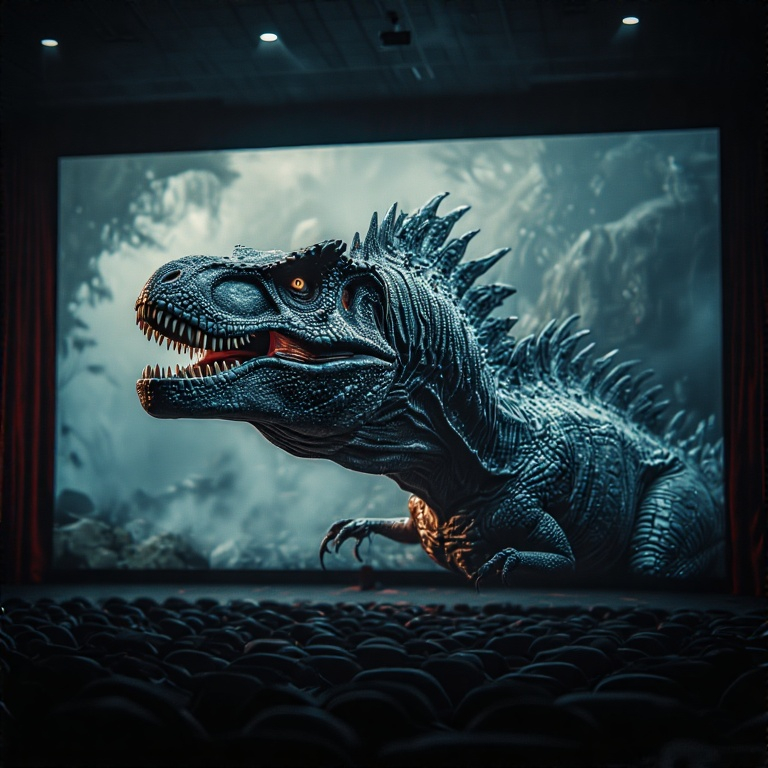
Enjoyable, But Not Thought-Provoking
From Ethical Inquiry to Creature Chaos
While Rebirth is undeniably entertaining, it’s clear the franchise has shifted away from the philosophical underpinnings that defined the original Jurassic Park films. Gone are the meditations on chaos theory, genetic hubris, and the illusion of control. In their place they have gone to safe film ideaology and not breaking new ground – high-octane chases, hybrid predators, and corporate villains with thin motivations.
The pharmaceutical subplot gestures toward deeper themes—exploitation, consent, ecological trauma—but rarely lingers long enough to unpack them and on the whole this subject is going stale. The prehistoric creatures, once symbols of scientific awe and cautionary wonder, now function primarily as cinematic threats with no personality. It’s a monster movie, and it knows it.
That’s not necessarily a flaw—just a change in genre. Fans looking for spectacle will find plenty. Those hoping for the intellectual tension of Ian Malcolm or the moral weight of Ellie Sattler may find the film more surface-level than soul-searching.
Characters That Work—But Don’t Quite Connect
Chemistry, Charm, and the Need for Deeper Resonance
This shift in tone also affects the characters. While the cast is capable and the performances are solid, the dynamics between them often feel oddly juvenile—sometimes even patronising. Dialogue leans heavily on exposition and quips, and emotional beats are simplified to the point where they lose impact. Scenes that should build tension or camaraderie instead feel rushed or overly scripted.
Scarlett Johansson’s Zora Bennett has moments of grit and vulnerability, and Mahershala Ali brings quiet authority to his role. Jonathan Bailey’s Dr. Loomis adds warmth and levity. But none of them are given enough space to truly develop and they all lack something. Their relationships lack the layered tension or emotional payoff that made earlier franchise characters memorable and relatable.
If a sequel emerges, it wouldn’t be unwelcome to see these characters return—but they’ll need more depth. Stronger characterisation, clearer motivations, and a tone that gels more cohesively would go a long way. Right now, the film feels like it’s trying to be too many things at once—action thriller, sci-fi drama, ensemble adventure—without fully committing to any which at part ends up a a unfunny comedy. A tighter emotional core and more relatable character journeys could elevate future installments beyond spectacle.
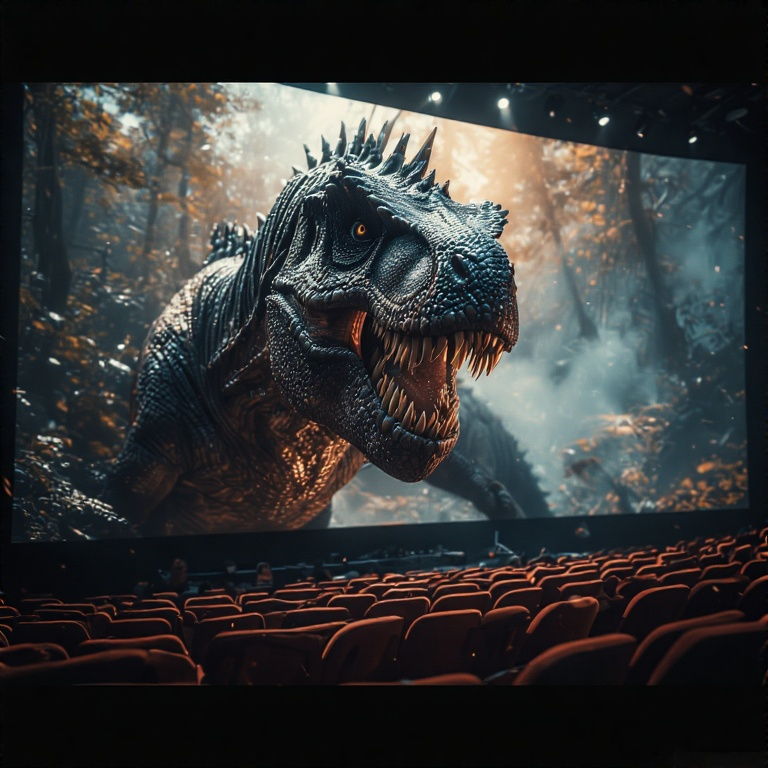
Creature Design and Cinematic Craft
From Jungle Rituals to Mutant Mayhem
Cinematography captures the lush chaos of many beautiful countries, while the score oscillates between awe and dread but does not use the originality of the first movies and maybe they did not need an old score but just use the old one to keep and build on the conituation of the franchise even with the new story line to bring back the nostalgia. The creature effects—particularly the apex hybrid introduced in the final act is rendered the best out of all the CGI and it looks sharp but it feels like a copy monster, It blends horror and majesty without tipping into parody but it gets close.
Standout sequences for different reasons include:
- A winged ambush in a cave – Worst CGI of the movie
- A courtship ritual between two herbivores, unexpectedly tender and poetic in a giant valley – A hugging human getting in on some dinosaur love – Everyone needs a hug and a cry
- The final confrontation in a subterranean lab, where biotech ambition meets prehistoric fury – If you watch this section of the movie carefully it has some funny errors that feel abit like George of the Jungle and not a movie like this for example the completely pointless car driving scene.
CGI That Serves, But Rarely Stuns
A Visual Toolkit That Occasionally Undercuts the Spectacle
While Rebirth delivers competent visual effects overall, it rarely reaches the groundbreaking heights audiences might expect from a franchise with this pedigree. The CGI is serviceable—clean, consistent, and often well-integrated—but it lacks the tactile realism and weight that practical effects once brought to the series.
In several scenes, the overreliance on digital rendering becomes noticeable. Background creatures move with a floaty, game-engine quality, and some close-up interactions feel oddly frictionless—missing the physicality that animatronics or puppetry once provided. It’s particularly evident in crowd scenes and wide shots, where the creatures feel more like visual placeholders than living beings.
This isn’t a technical failure so much as a creative compromise. The choice to lean heavily on CGI may have been driven by cost efficiency or production speed, but it comes at the expense of immersion. The original Jurassic Park films set a high bar by blending practical models with digital enhancements, creating a sense of awe and danger that felt grounded. Rebirth, by contrast, often feels like it’s showcasing effects rather than integrating them.
The result is a film that entertains but doesn’t astonish. For a story built on prehistoric wonder, the visuals should evoke more than just recognition—they should inspire disbelief. Here, they do the job, but rarely elevate the experience or feel real like in the first movie where you question how did they do that.
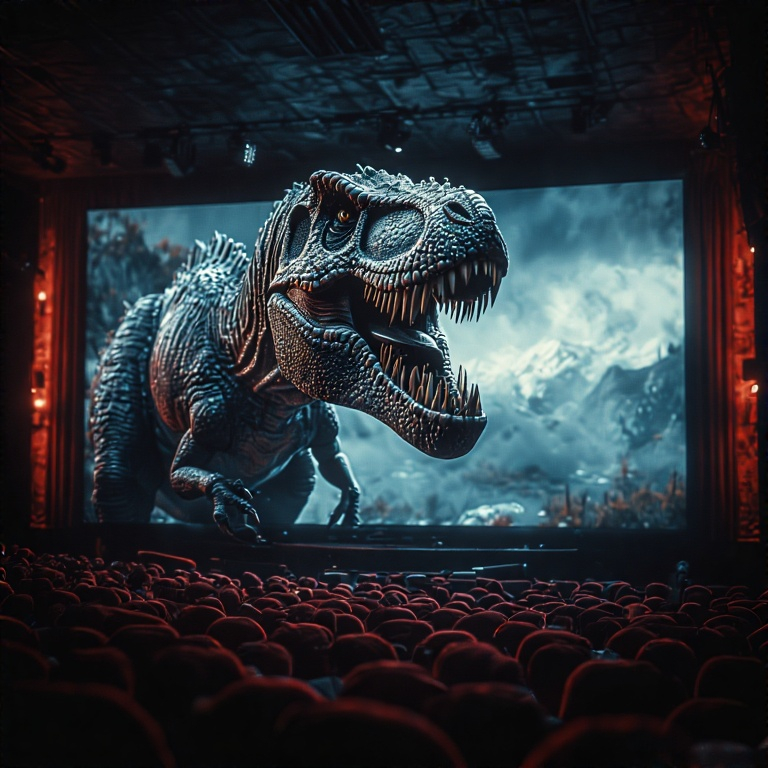
Creature Familiarity That Feels Borrowed
Designs That Echo, Rather Than Define
One of the subtler disappointments in Rebirth is the familiarity of its creature design. While the film introduces new hybrids and environments, several of the monsters feel visually derivative—less prehistoric marvel, more sci-fi amalgam. The apex predator introduced in the final act, for instance, carries design elements that wouldn’t feel out of place in a Star Wars creature lineup – elongated limbs, exaggerated snout, and a glossy, almost synthetic texture that evokes alien rather than ancient.
Other creatures—particularly the deep-sea predators and jungle stalkers—share traits with monsters from other huge movies like Avatar. It’s not that they’re poorly rendered, it’s that they lack a distinct identity and they feel copied. The original Jurassic Park films succeeded because their creatures felt grounded in paleontological reality, even when enhanced. Here, the designs lean more toward genre fusion, which dilutes their impact.
This aesthetic overlap may be intentional—a nod to the broader sci-fi landscape—but it also risks making the film feel less unique or even worse blatant copies. In a franchise built on the wonder of rediscovery, the creatures should surprise and unsettle. Instead, they often feel like composites of things we’ve seen before.
Production Design That Deserves More Credit
Environments That Feel Lived-In, Not Just Rendered
Beyond the creatures, the film’s environments are impressively constructed. The jungle interiors, biotech labs, and coastal ruins show attention to texture and spatial logic. While the story doesn’t always linger long enough to let these spaces breathe, the production design adds credibility to the world-building. It’s a reminder that even in a franchise dominated by spectacle, grounded environments matter. The sets are quality and they do show it.
Pacing That Pushes, Then Pauses
Momentum Without Rhythm
The film opens with a strange urgency that is all unemotional and abit quirky and maintains a certain tension through its second act, but the pacing falters in the final stretch as the pace is fine but the story is made disjointed and slightly comical. Action sequences begin to blur or darken to pixelate the screen with a lot of digital noise, and emotional beats feel compressed by bad scripting and sequencing. A more deliberate rhythm—especially in the final confrontation—could have elevated the stakes. The film doesn’t drag, but it doesn’t always flow.
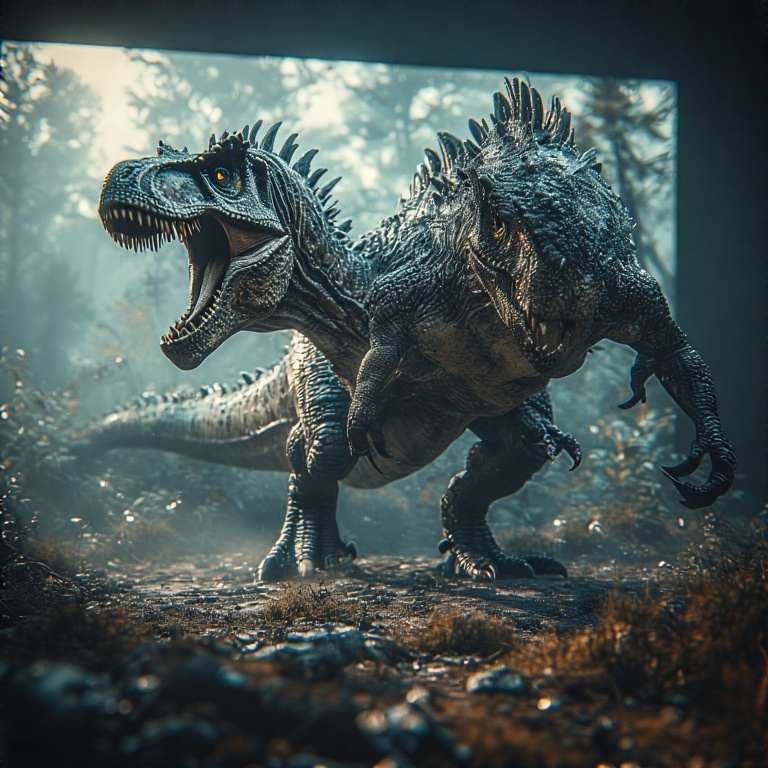
Legacy Without Reverence
Nods That Feel Hollow
There are scattered callbacks to earlier entries—visual motifs, musical cues, and character archetypes—but they rarely carry emotional weight. The film gestures toward legacy without truly engaging with it. For longtime fans, these moments may feel more like decoration than continuation.
Editing Faults That Break Immersion
Despite its high production value, Rebirth suffers from noticeable editing lapses that disrupt continuity and viewer immersion. In one scene, a character braces at the front of a speedboat—only to be seated mid-deck in the same area in the next shot but different pose with no transition. Background extras shift positions between cuts, props reappear without explanation, and creature geography often defies logic. Audio mismatches in dialogue-heavy scenes further fracture the film’s rhythm. These aren’t minor glitches—they’re persistent enough to pull audiences out of the story.
Audience Reaction in Real Time
Audible Gasps, Quiet Lulls
During the Onyx screening, the audience responded audibly to several key moments—especially the early in the film especially the underwater escape sequence. Gasps, murmurs, and even laughter punctuated the first half of the film. But as the story progressed, the energy in the room noticeably dipped but I could not tell if they were bored, confused or really listening and engaging in the film.
The final act, despite its scale, didn’t seem to land with the same intensity from a few people I have talked to. It wasn’t disengagement, but a kind of quiet detachment of it being a bit silly. The spectacle was there, but the emotional stakes didn’t fully connect and they had really easy plot points not used.
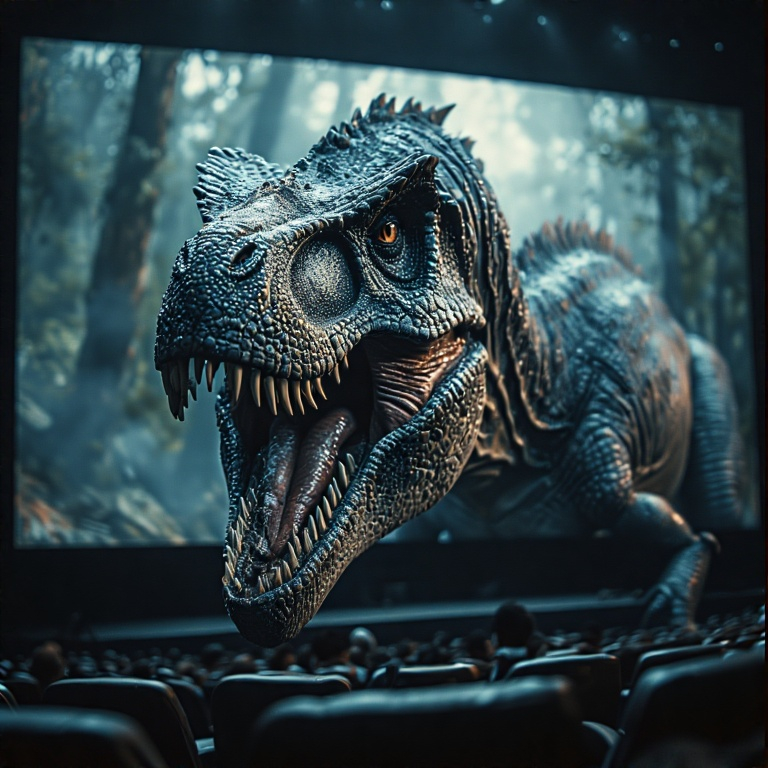
Franchise Potential and Future Direction
Evolution or Exhaustion?
Rebirth clearly aims to reset the franchise’s tone, moving away from theme park nostalgia and toward biotech thriller territory. It’s a bold shift, but one that risks alienating fans who value the original’s philosophical depth. If future installments are planned, they’ll need to balance spectacle with substance—giving characters more room to breathe, creatures more originality but staying true to the franchise, and the story more thematic weight. The potential is there, but the direction needs clarity and a more polished finished product.
Conclusion
Jurassic World: Rebirth is a technically ambitious but in a naive sort of way, visually layered entry that repositions the franchise in a new genre space. It’s immersive in sound, uneven in visuals, and entertaining in bursts. But it’s also a reminder of what made the originals resonate and the original even better. It is now not just dinosaurs and not just monsters, but the meaning behind them and what our future holds in certain ways. At Onyx Cinema, the experience is elevated but I think the screen can be sharper—but the film itself leaves room for deeper evolution or they could have changed the title and called it a different movie away from the franchise.
Jurassic World: Rebirth is a movie I would like to see on a 4K UHD Blu-Ray just for perspective of differences between the theatre.
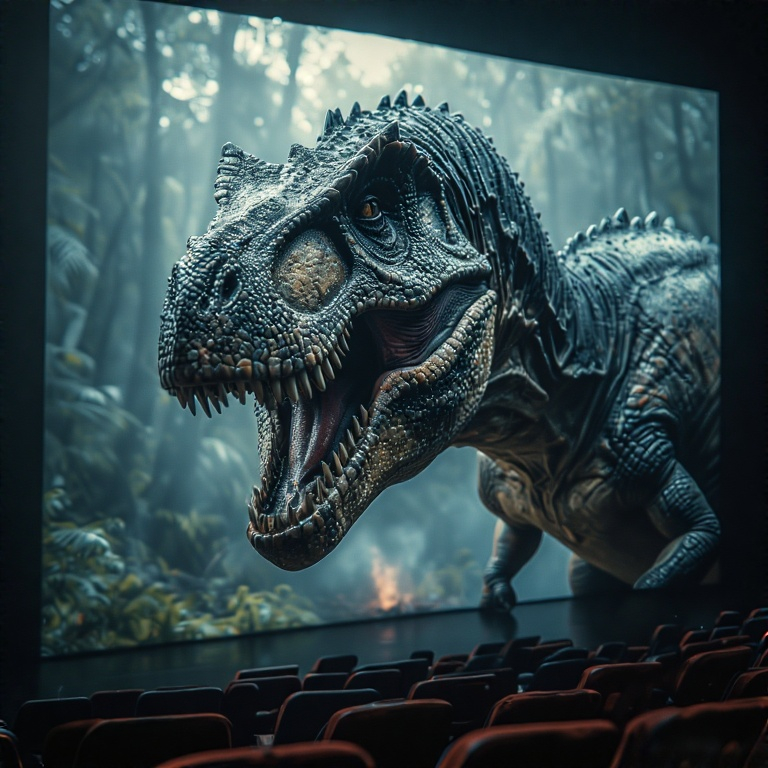
Join the Discussion
Did Rebirth rekindle your love for the franchise, or leave you longing for the original’s moral complexity? Have you had the Onyx experience, or the future of dinosaur cinema. Let’s talk prehistoric power, cinematic evolution, and what storytelling means in the age of spectacle. Do you want to see Jurassic World: Rebirth? Do you think Jurassic World: Rebirth was any good or even great?
We may earn commissions from Affiliate Links on this page



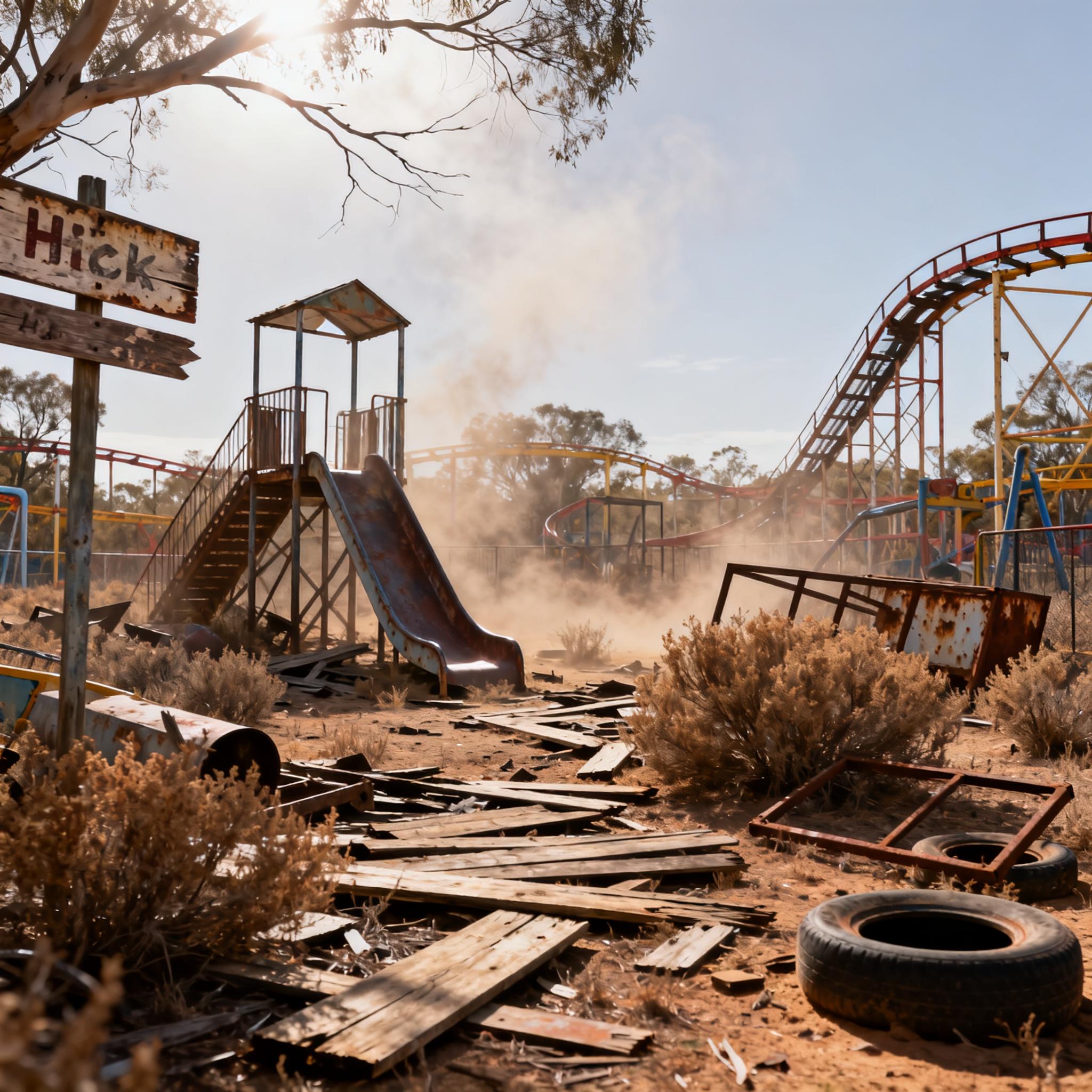


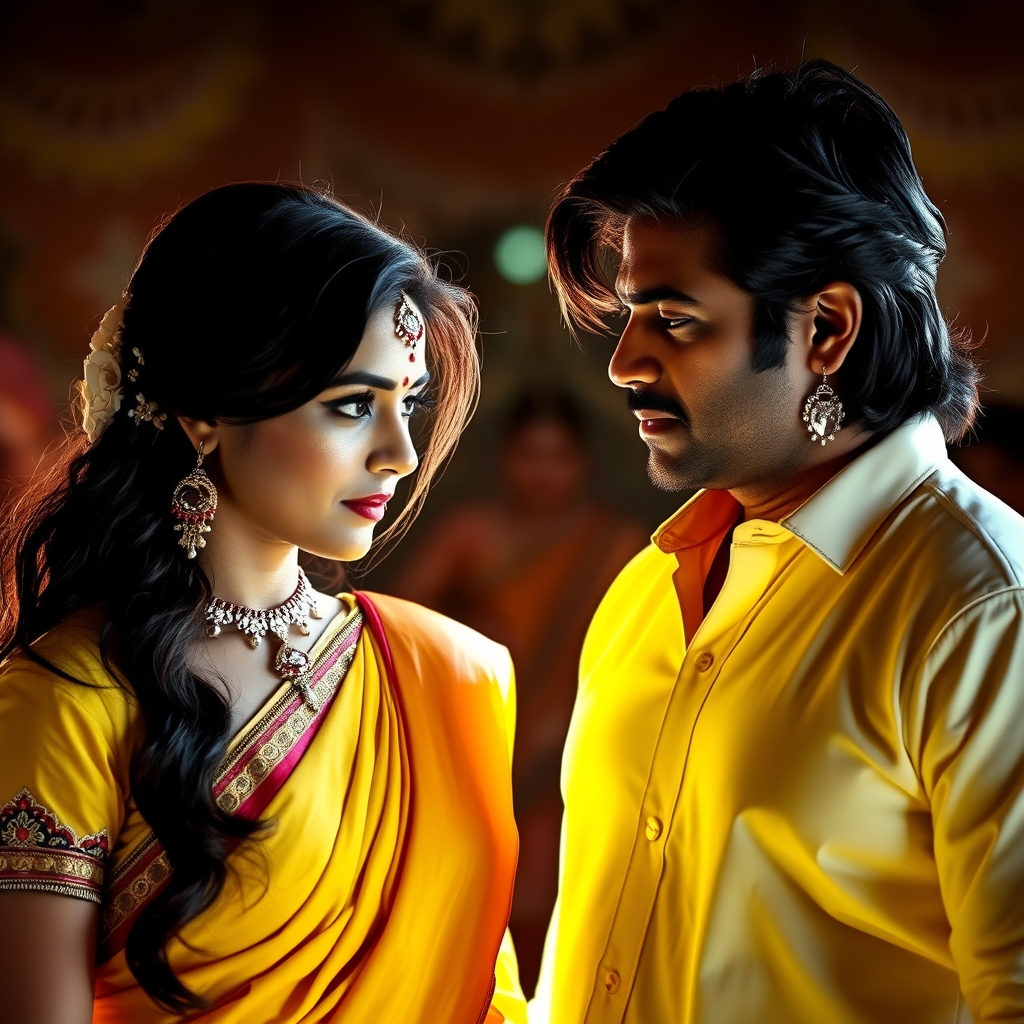

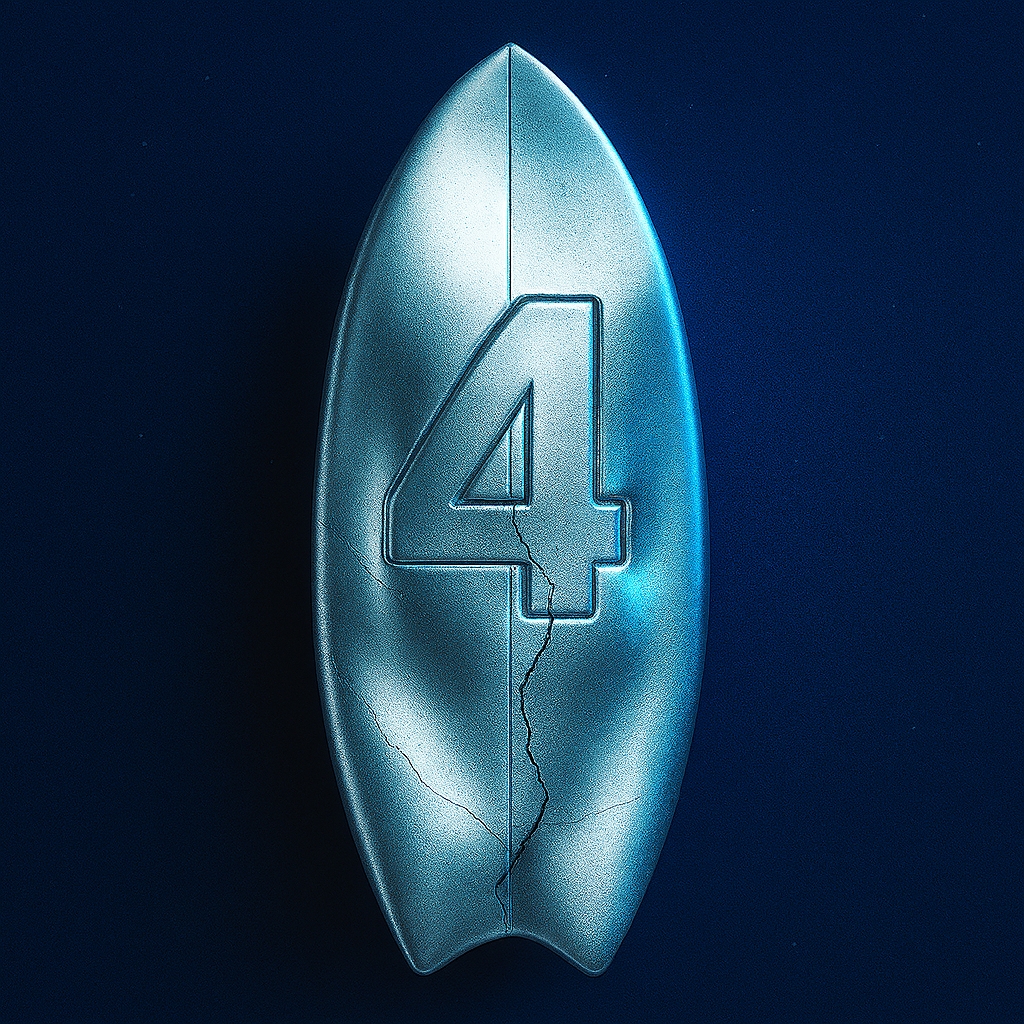
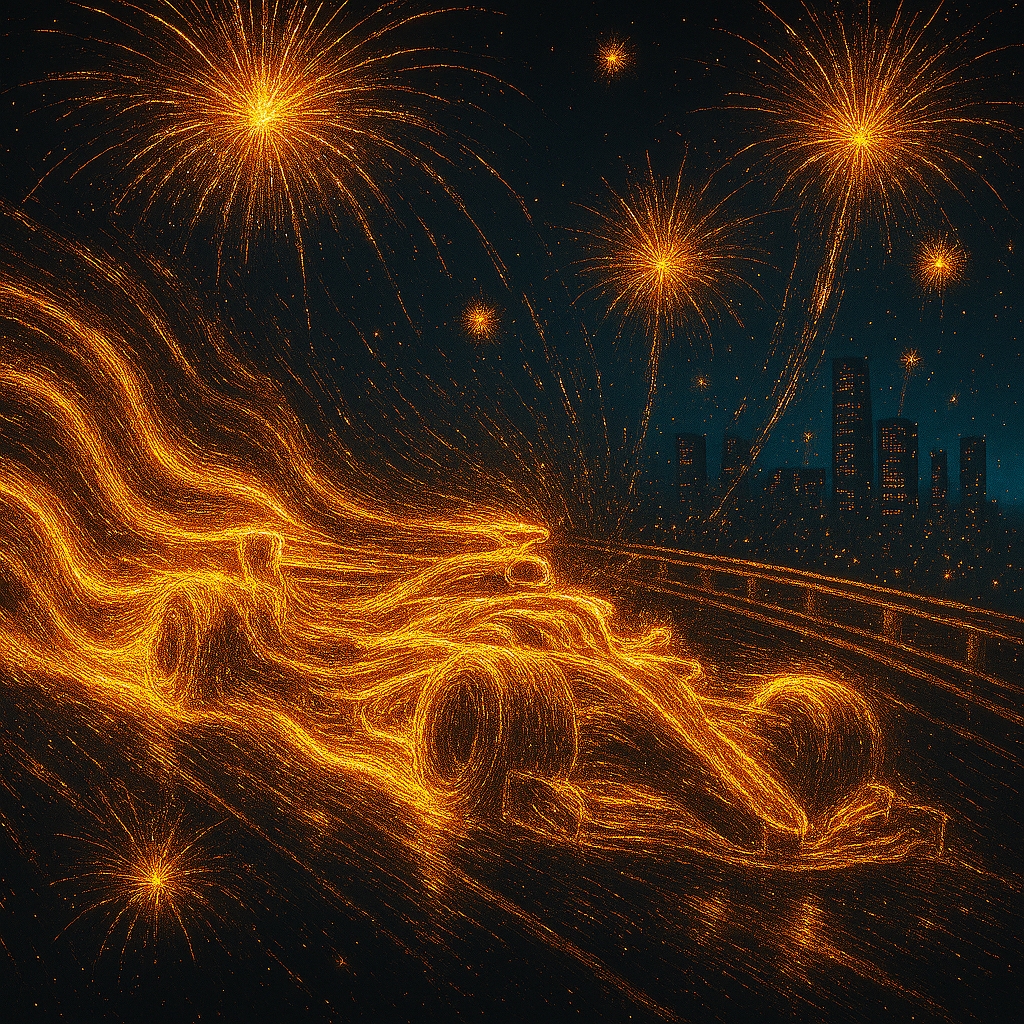





World Humanoid Robot Games 2025 Weird Precision Performance
[…] athletic competitions, performance showcases, and scenario-based challenges. Each category tested different dimensions of robotic capability—from motion control and coordination to environmental awareness and autonomous decision-making. […]